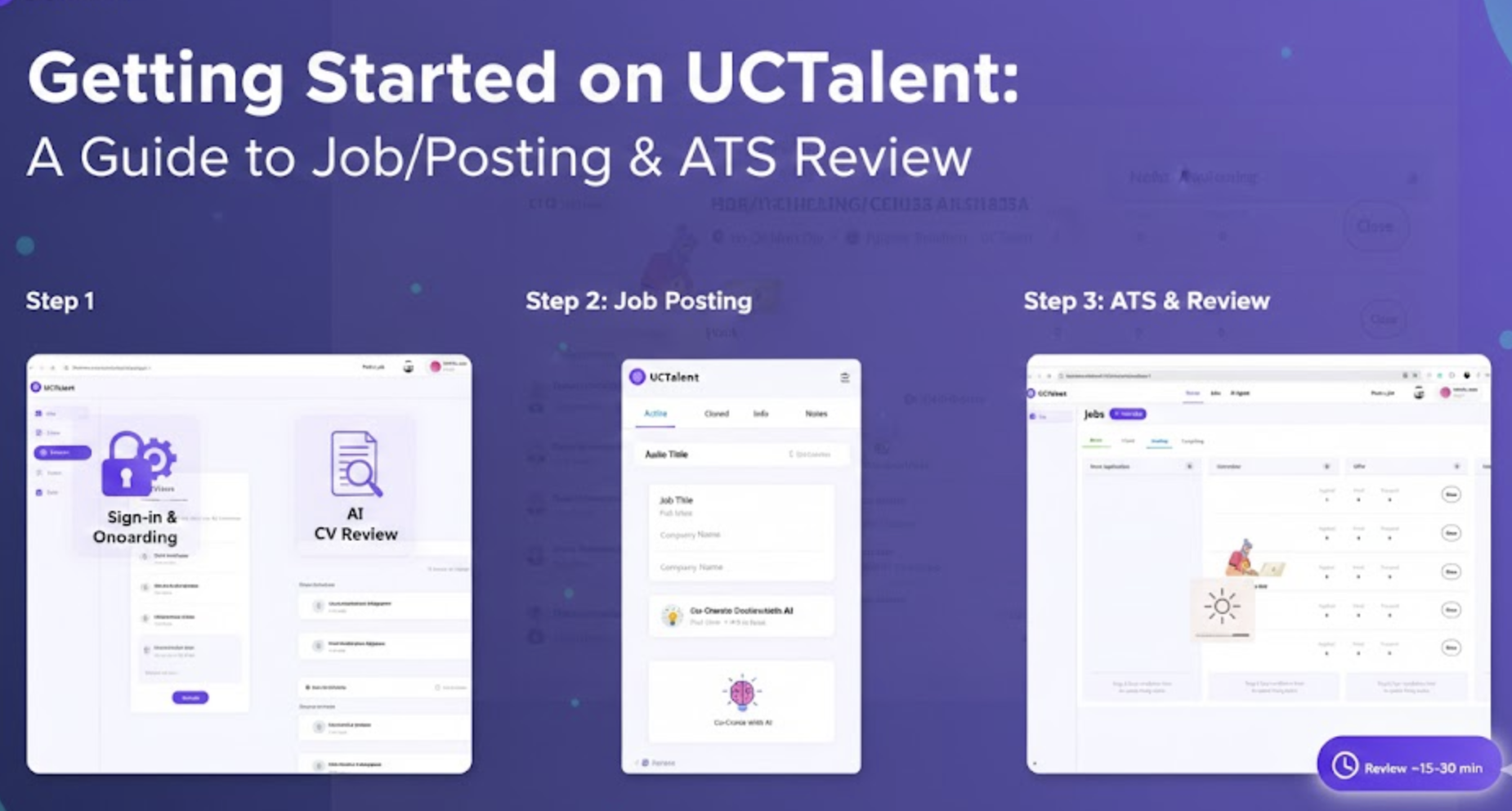Advanced Smart Contract Optimization: Tools and Techniques for Senior Engineers
Smart contracts, the backbone of decentralized applications (dApps), play a crucial role in blockchain ecosystems, enabling trustless execution of predefined conditions. For senior engineers working with smart contracts, optimizing their performance, security, and gas efficiency is paramount. Advanced tools and techniques can significantly enhance these contracts, ensuring smooth operations on platforms like Ethereum and other Layer-1 blockchains. In this article, we’ll explore the best practices and tools that can help engineers optimize smart contracts for maximum performance.
1. Understanding Smart Contract Optimization Needs
Optimization in smart contracts is primarily focused on three areas:
- Gas Efficiency: Reducing gas consumption is crucial for ensuring that the contract is affordable and widely used by users.
- Security: Vulnerabilities in smart contracts can lead to devastating financial losses, so identifying and eliminating risks is a priority.
- Performance and Scalability: Efficient code design ensures the contract can handle increasing loads without compromising performance.
For senior engineers, achieving the perfect balance among these three aspects is key to producing high-quality smart contracts. Let's delve into the tools and techniques that help achieve this.

2. Tools for Gas Optimization
One of the main concerns in smart contract development is gas consumption. Ethereum, being the most popular smart contract platform, imposes gas limits on contracts. The more efficient the code, the less gas it consumes, making transactions cheaper for users. Here are some of the top tools for gas optimization:
- Solidity Optimizer: Solidity’s built-in optimizer helps reduce the gas costs by eliminating redundant operations in the compiled bytecode. By enabling this feature in the compiler, senior engineers can drastically reduce gas usage, especially for frequently used contracts.
- Gas Reporter: Tools like eth-gas-reporter provide detailed insights into the gas usage of each function in a contract. By analyzing gas usage metrics, engineers can pinpoint bottlenecks in their contracts and refactor inefficient code.
- Remix IDE’s Gas Analysis: Remix IDE includes a gas profiler, which gives an estimate of how much gas each function in the smart contract will consume. This tool is invaluable when identifying high-cost functions and optimizing them for better performance.
- Slither: While primarily known for its security analysis capabilities, Slither also helps with gas optimization. It detects redundant code or suboptimal logic, guiding developers to more efficient solutions.
3. Techniques for Smart Contract Security Optimization
Smart contract security is non-negotiable, especially for contracts managing substantial financial assets. Senior engineers need to incorporate security best practices and use industry-standard tools to ensure their contracts are airtight.
- Formal Verification: One of the advanced techniques for ensuring that a smart contract behaves as intended is formal verification. By mathematically proving the correctness of the contract's logic, engineers can avoid vulnerabilities that manual testing might miss. Tools like KEVM and DappHub's HEVM are widely used for this purpose.
- Static Analysis Tools:some text
- MythX and Oyente are two popular static analysis tools that automatically check smart contracts for vulnerabilities like reentrancy attacks, integer overflows, and unhandled exceptions. These tools scan the contract code for known vulnerabilities, providing developers with detailed reports on potential weaknesses.
- Slither: As mentioned earlier, Slither provides not only gas optimization insights but also performs a deep security analysis of the codebase, helping engineers identify and fix issues before deployment.
- Audits: Even with automated tools, manual audits remain essential for catching edge-case vulnerabilities. Companies like OpenZeppelin and ConsenSys Diligence provide thorough smart contract audits, which often reveal critical issues missed by automated tools.

4. Performance Optimization Techniques
The performance of smart contracts often depends on the architecture of the code and the blockchain infrastructure itself. For senior engineers, several techniques can help optimize contract performance.
- Function Modularity: By breaking down complex functions into smaller, more manageable pieces, contracts can be more gas-efficient and easier to audit. Additionally, modular functions reduce the likelihood of introducing bugs that could compromise contract security.
- Efficient Data Structures: Using appropriate data structures can significantly reduce gas consumption. For example, using mappings instead of arrays to store data is more efficient in terms of gas costs, especially when dealing with large datasets.
- Layer-2 Solutions: Optimizing smart contracts for Layer-2 solutions like Optimistic Rollups or zk-Rollups can lead to considerable performance gains. These solutions reduce the load on the main blockchain by processing transactions off-chain, thereby lowering gas fees and improving transaction throughput.
- Batch Processing: Instead of executing one transaction per operation, engineers can batch multiple operations into a single transaction. This technique reduces the overall gas consumption and speeds up the contract's execution time.
5. Best Practices for Senior Engineers
In addition to the tools and techniques mentioned above, here are some best practices that senior engineers should follow when optimizing smart contracts:
- Always Test on Testnets: Before deploying contracts on mainnets, it’s crucial to test their functionality, performance, and security on testnets like Rinkeby or Kovan.
- Use OpenZeppelin Libraries: OpenZeppelin provides battle-tested, secure libraries for Solidity developers, ensuring that common functionalities (like ERC20 and ERC721 standards) are implemented securely and efficiently.
- Optimize for Upgradability: Smart contracts should be designed with upgradability in mind. Using proxy patterns allows engineers to upgrade contracts without requiring users to switch to new addresses.
Conclusion
Advanced smart contract optimization requires a blend of technical expertise, knowledge of blockchain architecture, and a keen understanding of security vulnerabilities. Senior engineers, equipped with the right tools and techniques, can optimize smart contracts for gas efficiency, security, and performance, ensuring seamless operation in decentralized environments. Leveraging tools like Solidity Optimizer, Slither, and MythX, combined with techniques like modular design and Layer-2 solutions, ensures the best possible outcomes for dApps running on blockchain networks.
Visit UCTalent.io to explore these topics and discover exciting job openings that match your skills. Start your career journey with UCTalent today!







.png)




